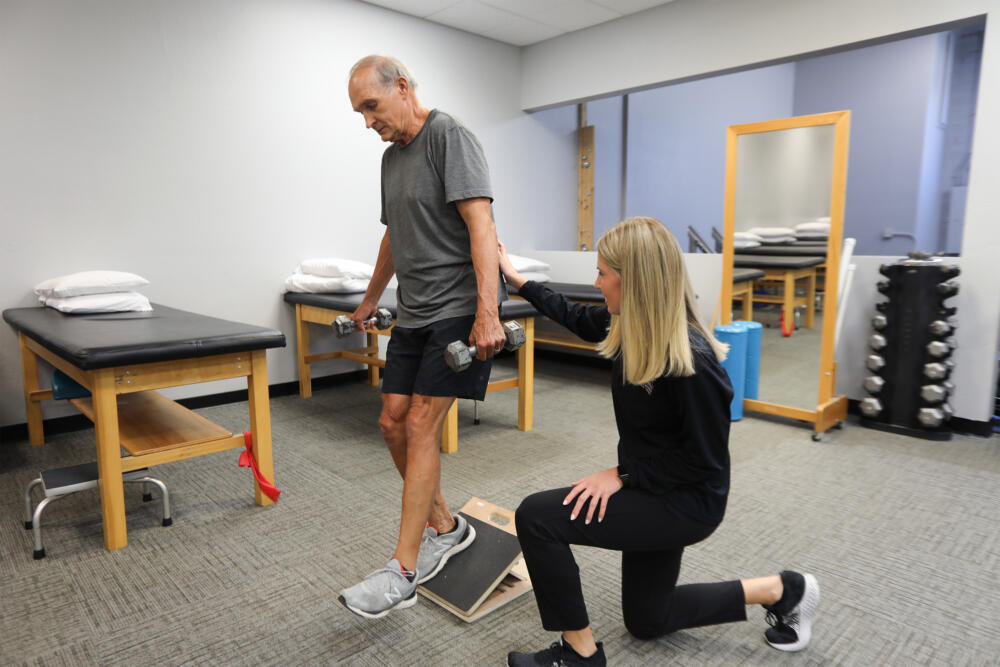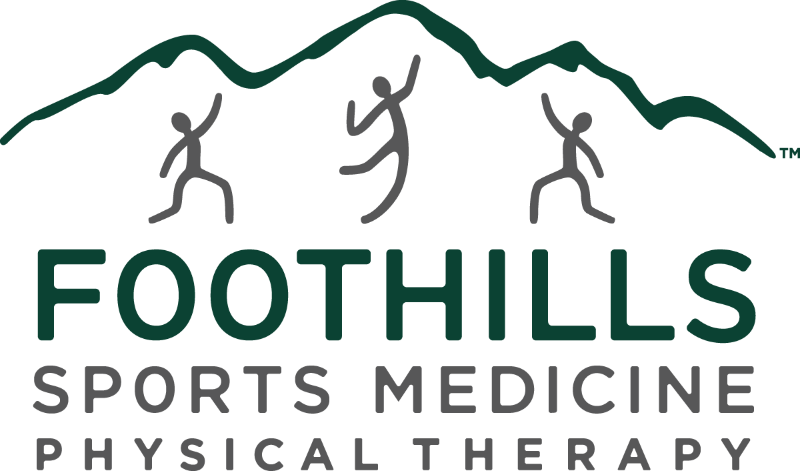Navigating a post-injury phase can be a frustrating and challenging process, requiring time and a comprehensive understanding of your injury. Patients frequently seek insight into the timeline for returning to their previous fitness levels, yet the exact answer remains complex. It hinges on individual health factors and varies on a case-by-case basis. Collaborating closely with your physical therapist during and post-injury treatment significantly enhances the likelihood of reclaiming your pre-injury status. Now, let’s delve into the key steps of fostering a healthy recovery.
1. Create a Transition Plan
When reaching the end of your physical therapy, it’s a good idea to establish a transition plan with your therapist. Now that you know how to exercise your body correctly, discuss different at-home workouts. Pushing too hard too fast can aggravate your injury and could reverse weeks of progress you have made in therapy, so set realistic goals and lay out a program that builds upon itself week by week.
At Foothills, our patients have a unique advantage.
Ten physical therapy locations also include FAST® (Foothills Acceleration and Sports Training), which offers personal training, group fitness, and sports performance training. Our trainers work closely with our physical therapists and their patients to deliver transitional rehabilitation programs.

2. Pre-Work Out Prep
Keep the momentum going! Being close to recovery should motivate you to keep working independently. After consulting with your therapist, fuel your body with healthy foods and plenty of water. Take enough time to warm up thoroughly with PT-approved stretching or a short jog. You want to get your blood circulating, which opens up your muscles, making them more pliable.
3. Listen To Your Body
Regarding the actual workout, it’s best to take it slow and incrementally increase duration and weight over time. Always remember to listen to your body; if you feel pain or resistance, don’t force yourself any further or try dropping weight to reduce the risk of injury. The New England Journal of Medicine reports that “67.1% of patients who had been discharged with medical conditions were re-hospitalized within the first year after discharge,” so following the home exercise plan laid out by your physical therapist is essential.

4. Reach Your Goals
Keep in mind that recovery doesn’t happen overnight. Hopefully, with time and diligence, you will be well on your way to reaching your pre-injury fitness goals. However, if you feel that you are not progressing in the way you would like, or you feel that you may reinjure yourself, consider reaching out to the physical therapy professionals at Foothills Sports Medicine Physical Therapy; they’re knowledgeable and have the tools to help you on the path to achieving your goals.
Sources:
https://mikereinold.com/transitioning-from-injury-to-strength-training/
https://www.theptdc.com/2011/09/how-to-build-a-post-injury-rehabilitation-practice/
https://scortho.com/importance-post-rehab-program/




